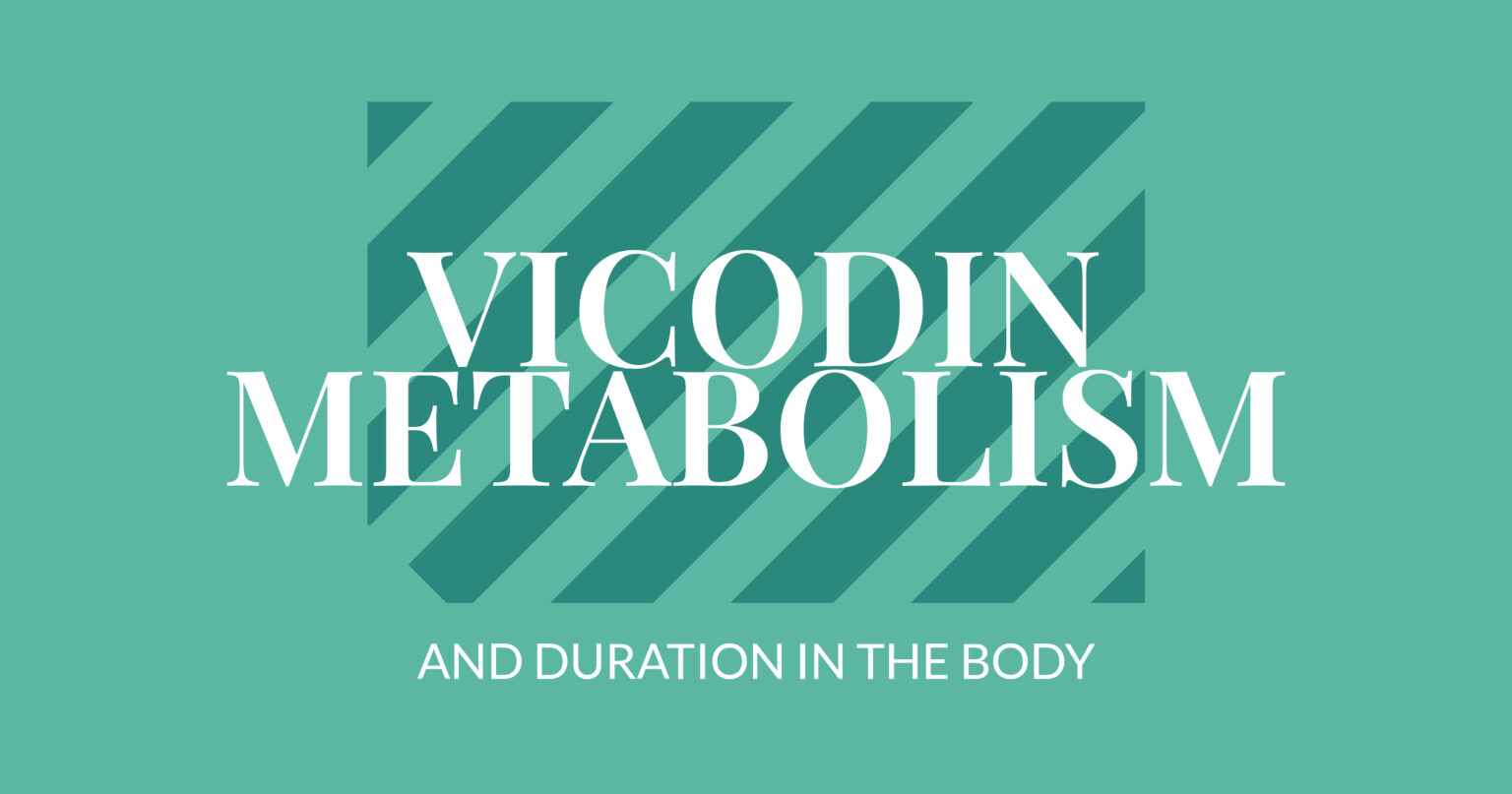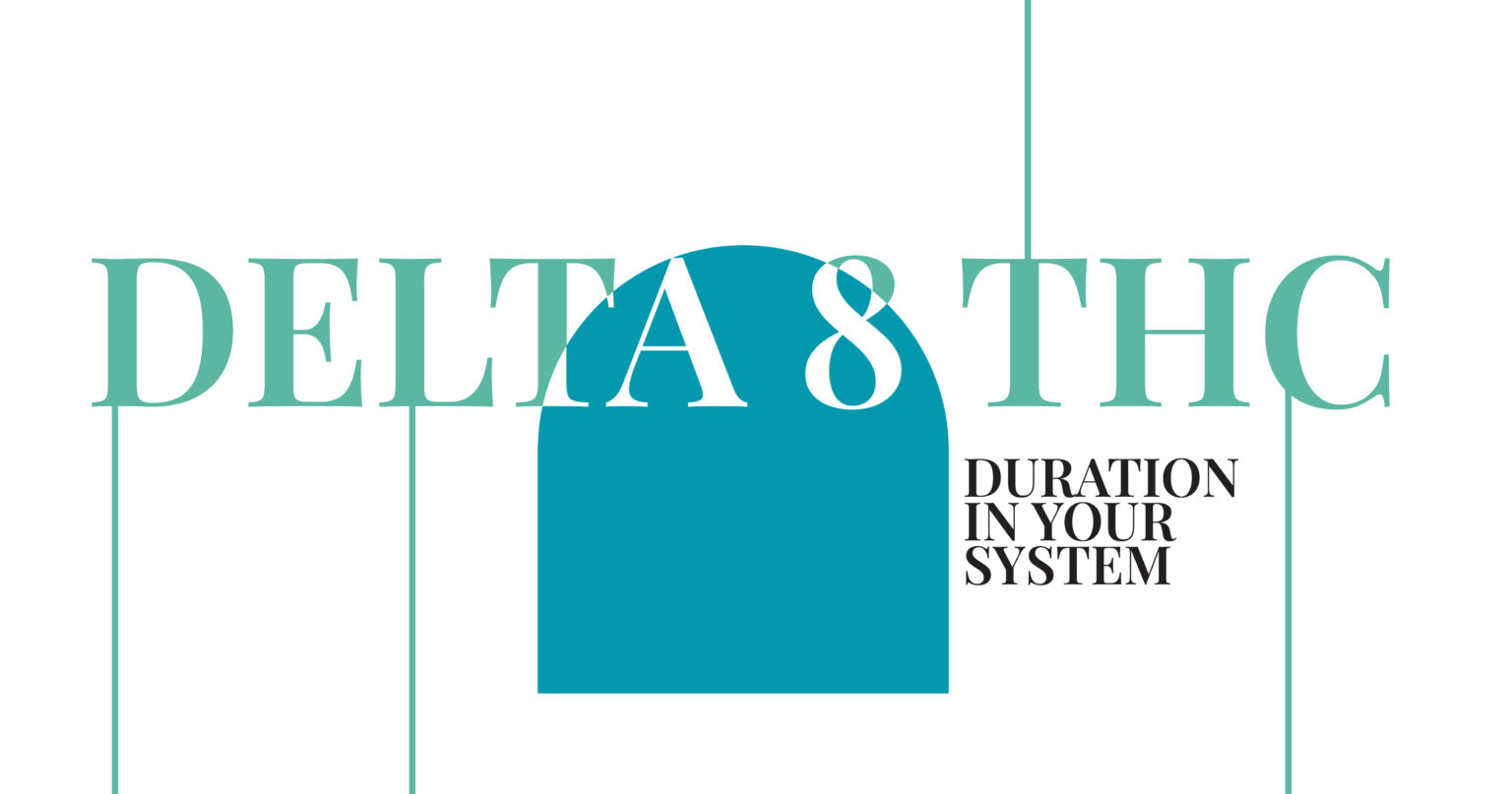Psychedelics hold a strange position in the world of drugs. On one hand, many people in society view them as scary, dangerous, or holding strong potential to make someone “crazy”. On the other extreme, individuals who experiment with psychedelic drugs can sometimes rely on them too heavily for finding meaning in life or escaping the challenges of reality or simply for the therapeutic potential of psychedelics. Sometimes, casual/ recreational substance users might hold a viewpoint that psychedelics aren’t dangerous or addictive– especially in comparison to other addictive substances such as opioids or cocaine. But does that mean there are fewer dangers with these types of drugs compared to others? Are psychedelics addictive? Or is it a myth promoted by people who fear to explore their mind in a deeper way?
More recently, people report using these drugs for their social or therapeutic potential, including to have fun, deal with stress, have spiritual experience, or just to feel different.
Psychedelics have had quite an interesting history, and these days it’s easy to access powerful mind-altering substances. However, whichever of the arguable theories may be true, the fact is many people have misconceptions about the harms and reactions. Some people aren’t fully aware of exactly what psychedelics consist of, how to use them, or what they can expose someone to. In this article, we’ll explore some of the ideas around psychedelics to make an informed conclusion about their addictive properties, dangers, and adverse effects on an individual.
What are Psychedelic Drugs?
Psychedelics are a class of mind-altering hallucinogenic drugs also commonly known as hallucinogens. As the name indicates, these types of drugs can cause hallucinations, altered states of consciousness, and sometimes a sense of euphoric wonder. These subjective effects are often sought after by anyone who willingly tries these substances.
Hallucinations can affect all of the human senses, meaning they make you see, hear, feel, taste or even smell things that are not there. This distorts your sense of reality and time, often affecting your emotional and mental awareness. Sometimes, these effects result in profound, joyful experiences. Others, though, can lead to a sense of doom, panic, or “ego death”– where you temporarily lose touch with everything you have always believed to be real about yourself and the world.
Hallucinations are the primary effect caused by taking psychedelics. However, there can be several different side effects as well. For example, some types of psychedelics can cause you to release serotonin, and other types can cause you to dissociate from reality, or even have an out of body experience.
The source of psychedelic substances come from all over the place, ranging from chemical creation in a lab to a natural occurrence in nature, such as certain plants or fungi. While recreational use of psychedelics is common in many parts of the world, their consumption is mostly illegal universally. There are a few legal exceptions for religious purposes, such as the cactus Peyote used in spiritual rituals by the Native American Church.
Some of the most common types of recreational psychedelic drugs are:
- LSD (lysergic acid diethylamide), also known as acid
- Psilocybin, commonly known as magic mushrooms, “shrooms”
- Mescaline “peyote”
- DMT (N, N-Dimethyltryptamine, termed “the spirit molecule”)
- MDMA, known as ecstasy or molly
- Ketamine, or K, Ket, Special K
- among many others.

Psychedelic Use vs. Misuse
There’s a modern widespread belief that psychedelics are rather safe and not addictive when used properly. From a realistic perspective, most psychedelic drugs have little to no addictive properties, chemically speaking. Experiences of “tripping” on psychedelic drugs are often reported of being too intense for the everyday person to reach any desire to consume or binge on a regular basis.
The danger for addiction and abuse often lies in a psychological aspect of addiction, typically affecting users who already suffer from depression, anxiety or another family history of psychiatric disorders. Just like marijuana can become mentally addictive where a person depends on it to cope with bad feelings or to feel comfortable in their own skin, so can some smaller doses of psychedelics become a dependency among some people.
As for whether psychedelics are safe, that is a more complex matter. There are studies that suggest some psychedelics such as LSD can be used in medical settings to help treat depression , a practice that was first attempted during the creation of popular psychedelics. In other parts of the world, some substances such as Ibogaine are being tested for how to use monitored psychedelic experience in a way to help confront the emotional roots of drug or alcohol addiction.
However, various popular psychedelics have proven to include dangerous side effects that can cause discomfort, distorted patterns, physical and emotional harm, and even fatal or near-death experiences. These can happen as a result of a singular bad drug experience, or misuse of any potent drugs.
Popularity in Spiritual & Self-Development Communities
Over the past decade, the glamorization of psychedelic use for spiritual enlightenment or self-development purposes has exploded. Many advocates of conscious thought swear by transcendent experiences that certain entheogenic drugs provide. Common testimonies from people all around the world exclaim interesting drug-induced visions, profound realizations, and even moments of healing from childhood trauma or lifelong hardship. While these personal stories are fascinating and should be respected, it’s important to be aware that no specific drug is a cure-all for every person who feels interested in this subject.
Even though it’s up to each individual to decide what they want to do to experience personal betterment, there really does need to be more of a discussion on the dark side and dangers of this movement. A lot of times, what we don’t hear about is the innocent people who never return from these retreats. Or about the vulnerable people– often young adults and women– being manipulated or taken advantage of by fake shamans, life coaches, or “Plant Medicine” retreat centers.
It’s one thing to navigate the deep dark corners of one’s psyche in a safe, caring, and medically-prepared environment. It’s a whole other thing to be given a cup of foreign hallucinogens only to be left on your own in the dark, confused, scared, and battling some intense inner turmoil. Some individuals never quite make it back to their original stable reality in this situation.
Bottom line: it’s important to see both sides of the matter. Know the risks of psychedelics and understand your own medical history before taking (or promoting the use of) any drug. Even if a drug isn’t said to be addictive– and even if it hypes a sense of personal awakening– it can still be risky, toxic, and psychologically damaging.
Dangers & Side Effects of Abusing Psychedelics
While psychedelics addictive are mostly known for causing hallucinations, many people forget that there are several other side effects that can come with taking these drugs. These side effects can be incredibly harmful on both a short-term and long-term basis. Let’s review some of the most popular psychedelics and the side effects that can come with taking them.
LSD/Acid
LSD was initially used in an attempt to treat addiction and depression in psychotherapy. However, in the 1960s, the recreational use of LSD began. Its rise in popularity, combined with the risk it posed to the safety of society, soon led to its illegality in the United States.
While tripping on LSD, you can expect visual hallucinations, a distorted sense of time, an urge to act on impulse, and mood changes. However, LSD can also cause you to have mental illness as well as physical side effects, such as dizziness, dehydration, shaking of the body, increased blood pressure, rapid heartbeat, and insomnia.
In the active drug scene, there’s a term referred to as a “bad trip”. A bad trip can be a very distressing experience while on LSD. You’re at risk of having severe panic attacks, irrational thoughts, violent outbursts, anxiety, and even suicidal ideation. In addition, long-term use of LSD can provoke psychosis, mental disorders, or other psychiatric disorder symptoms in some individuals.
DMT
DMT is most commonly consumed as Ayahausca: a tea made from specific plant materials and tree vines in the Amazon. Aside from extreme hallucinations, it can cause severe cyclical vomiting, diarrhea, and even seizures. According to the Center for Substance Abuse Research, studies showed that a bad trip from a single use of DMT has led to dangerous actions such as self-harm, suicide or even accidentally causing your own or someone else’s death.
A DMT trip usually lasts 30 to 45 minutes. While the addictive properties of DMT are significantly low, there have been reported cases of DMT abuse, which can lead to a lack of muscle coordination, agitation, and high blood pressure. In rare cases, high doses of synthetic DMT can even induce a coma.
Psilocybin Mushrooms
Psilocybin, more commonly known as magic mushrooms, has not been reported to lead to withdrawal symptoms. Nor has it been researched enough to properly show the potential of addiction.
However, a reported 4.2% of people who use hallucinogens can develop hallucinogen persisting perception disorder (HPPD). These statistics include the usage of psilocybin mushrooms. This disorder can cause persistent flashbacks to the trip taken, even if it was only a single usage. It’s a chronic condition, often permanent, that can cause severe distress and interrupt the victim’s daily life.
In addition to hallucinations, magic mushrooms can cause intense paranoia, panic, and feelings of nausea and drowsiness while in effect.
One of the most dangerous aspects of shrooms is trying to self-harvest wild psychedelic mushrooms. Many people have died as a result of misidentifying wild mushrooms. Consuming the wrong type or dosage of wild mushrooms can cause severe poisoning, leading to quick, unexpected death.
Ecstasy/Molly
The party drug known as MDMA is commonly known as molly or ecstasy. It’s known as a stimulant drug, popularly used in college events or raves. Chemically speaking, it’s similar to stimulants as far as hallucinogen drugs go, being that it can induce feelings of euphoria, heightened visuals, or pleasure.
However, this drug can also often come with a variety of negative side effects, including but not limited to:
- Cold sweats
- Muscle pain or cramps
- Bruxism (jaw clenching) or grinding down of teeth
- Nausea and vomiting
- Issues with sleep
- Violence or aggressive acts
- Memory problems
- Increased heart rate

One of the most common negative effects of MDMA is the depletion of serotonin and dopamine after the come-down. This can feel mentally, physically, and emotionally brutal. It can result in severe depression, chemical imbalances in the human brain, and difficulty coping back into reality.
Another danger that is more common these days with ecstasy is that it’s harder to find pure MDMA. Many ecstasy pills sold at parties, festivals, and raves now contain false or “bunk” substances within. It can be impossible to identify without pricey drug test kits. Sometimes a tablet could contain cheap chemical fillers, bath salts, or even meth. Not being aware of the contents of an active drug can cause a terrible experience, as well as the risk of addiction.
So… Are Psychedelics Addictive?
According to the current medical research available, the answer to the question, are psychedelics addictive is that psychedelic drugs are not at risk for physical dependence, meaning they’re technically not chemically addictive. Their dangers lie in the adverse effects, misuse, and following risks:
- Psychological addiction leading to abuse
- Risk of developing Persisting Perception Disorder
- Harmful side effects
- Dangerous filler chemicals that can damage human brain
- Heightened risks for those with a history of psychiatric disorders
- Being “messed with” or taken advantage of while in a different mental state
Other long-term effects may continue for a year or more after use stops, including: speech problems memory loss weight loss anxiety depression and suicidal thoughts. It has also been studied as a possible treatment for depression and anxiety suffered by patients with life-threatening illness.
Despite the popularity of certain psychedelics, it’s crucial to know the dangers and how to recover from them. For some people, some hallucinogens appeared to be personally helpful– when used in a responsible, respectful way in a safe environment and an awareness of what to expect. For others, there have been short-term to even lifelong damages caused by experimenting with these drugs. Again, it all depends on your individual mental health conditions, family history, and unique experience. Be cautious if you feel interested in drugs as it’s not a subject to take lightly. Nor is it wise to abuse any substance.
There are no FDA-approved medications to treat addiction to hallucinogens. In 2018 the United States Food and Drug Administration breakthrough therapy designation for psilocybin-assisted therapy for treatment-resistant major depressive disorder. Scientists need more research to find out if behavioral therapy is effective for addiction to hallucinogens. More research is needed on the tolerance or addiction potential of a variety of classic hallucinogens.
If you or someone you know has developed a psychological dependency or disorder from taking hallucinogens, help is available. Reach out to your local recovery center and consider locating a rehab program that’s right for you.
If you or a loved one needs help, call us at Opus Health.




